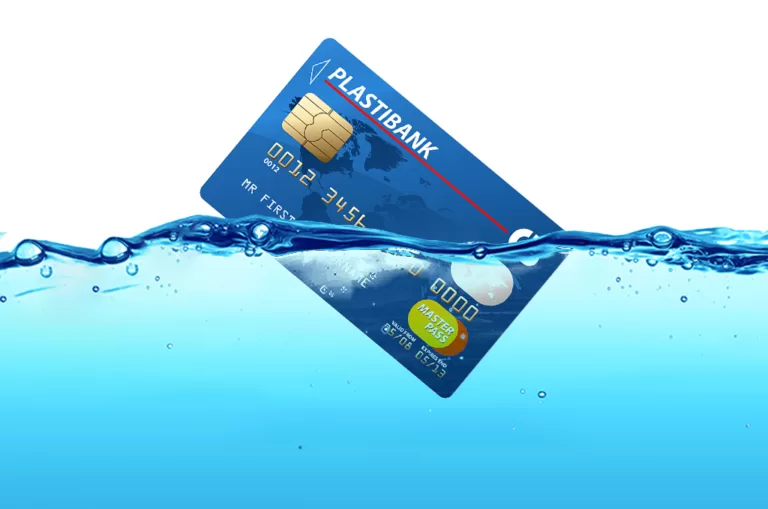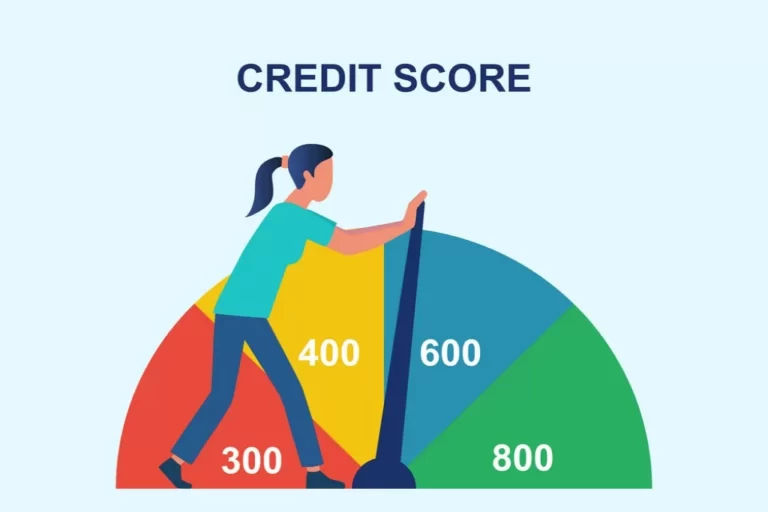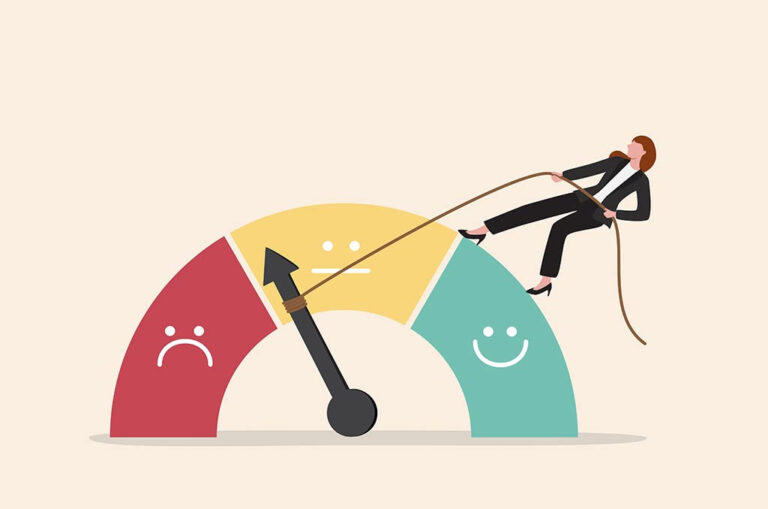We hear you! Swiping plastic can be tempting, but lately, those statements are looking a little…scary. Don’t worry, this guide isn’t here to lecture (we’ve all been there with the “oops, I just bought that?” purchases). Instead, we’re here to shed some light on why debt is on the rise and, more importantly, how to get your finances back on track. Let’s turn those spooky statements into something way less frightful – a budget you can be proud of!
Why Is Credit Card Debt Rising? We’ve Got Your Back
There’s no single culprit for the rising tide of credit card debt. It’s a perfect storm of factors, some unique to our times, and others as old as time itself. Here’s a closer look at the main culprits:-
Inflation Eats Away Savings
Remember that raise you got last year? Thanks to inflation, it probably doesn’t feel like much anymore. Groceries that used to cost $50 a week now cost $60. This can hit hard, especially for people living paycheck to paycheck. According to the Bureau of Labor Statistics, inflation reached a staggering 7.5% in May 2024. This means that the things you buy today cost 7.5% more than they did a year ago.
“Treat Yourself” Turns Into Trouble
We’ve all been there. You see a concert ticket for your favorite band, or that new gadget you’ve been eyeing. 84% of Americans admit making an impulse purchase.
Many credit cards offer rewards programs that make these purchases even more tempting. The problem is, those minimum payments often don’t cover the full cost, and the average credit card interest rate is a hefty 22.63% according to the Federal Reserve. Remember that co-worker, Brian? He used his credit card to buy a new TV with “easy monthly payments” to watch the big game. Now, a year later, he’s still paying it off, with the interest making the TV way more expensive than the sticker price.
Life Happens (and It Costs Money)
Unexpected expenses are a part of life. A recent report by the Pew Research Center revealed that 40% of Americans don’t have enough saved to cover a $1,000 emergency. Maybe your fridge decides to quit on a hot summer day, or your pet needs a surprise vet visit. These emergencies can blow a hole in your budget, leaving you scrambling for a solution. A credit card can be a lifesaver in these situations, but if you can’t pay it off quickly, the debt can linger. Take Sarah, for instance. She had a good handle on her finances, but when her appendix burst, the medical bills were overwhelming. She used her credit card to cover some of the costs, but now she’s worried about how long it will take to pay it all back.
Keeping Up With The Joneses (On Social Media)
Social media can be a highlight reel of everyone’s best moments. We see our friends on amazing vacations, sporting the latest trends, and it’s easy to feel like we’re falling behind. A study by Sprout Social suggests that 72% of social media users compare their lives to others they see online. This pressure to maintain a certain lifestyle can lead to impulse purchases made with credit cards. Just like Michael, who saw his friends’ pictures from their weekend getaway and felt the urge to book a similar trip – on credit, of course. Now he’s wondering how he’ll manage the extra bill on top of his regular expenses.
These are just a few reasons why credit card debt is rising. By being aware of these pitfalls, we can make smarter financial decisions and avoid the trap of ever-increasing debt.
How Credit Card Debt Works?
Here’s a breakdown of how credit card debt works:-
1. Interest Rates: The Two-Faced Temptation
Credit card companies love to lure you in with attractive introductory rates – a low APR (Annual Percentage Rate) that makes swiping that plastic seem like a financially sound decision. But here’s the catch: these introductory rates are often just that – introductory. They typically last for a limited period, sometimes as short as 6 months. Once that honeymoon phase ends, the real interest rate kicks in, and it can be significantly higher. This sharp increase can transform a manageable debt into a monster, especially if you haven’t paid down a significant portion of the balance during the introductory period.
For Example: Let’s say you buy a new phone for $1,000 with a 0% introductory APR for 6 months. You might think you can make small monthly payments and pay it off easily. But if the regular APR is 22% (the national average), and you only pay the minimum payment after the introductory period, it could take years to pay off the phone, and you’ll end up paying hundreds of dollars in interest alone!
2. Minimum Payments
The minimum payment you see on your credit card statement might seem like a small, manageable amount compared to the total balance. But here’s the hidden truth: making only the minimum payment stretches out the life of your debt significantly. The majority of your payment goes towards paying off the accrued interest, not the actual amount you borrowed. This means you’re barely making a dent in the principal balance.
For Example: Let’s revisit the $1,000 phone purchase. If the minimum payment is just 2% of the balance, your first payment would be $20. However, a significant portion of that $20 might go towards just the interest, not reducing the actual amount you owe on the phone. This cycle continues each month, making it extremely difficult to ever pay off the phone unless you increase your payments.
3. Late Fees and Penalties
Life happens, and sometimes a credit card payment can slip your mind. But missing a payment comes with a steep price tag. Late fees can range from $30 to $40 per missed payment, and some cards even impose penalties like a higher APR for late payments. These additional charges further inflate your debt and make it even harder to catch up. The compounded effect of late fees and interest can quickly spiral your debt out of control.
Taking Control Of Your Debt
Okay, so we’ve established that credit card debt is a real pain. But here’s the good news: you’re not powerless! There are a multitude of strategies you can employ to take control of your debt and achieve financial freedom. Let’s dive in:
Step 1: Track Your Spending
Knowledge is power, my friend. The first step to tackling your debt is to understand where your money is going. For a month, track every single penny you spend, from that morning coffee to your monthly rent
- Grab a budgeting app! It’ll help you see where your money goes (every penny counts!).
- Try these free options: Cleo, GoodBudget or EveryDollar.
- For more features: Quicken offers paid subscriptions starting at $2 per month.
Track Your Money With Quicken Simplifi:-
- Set spending limits and savings goals.
- Get reports and real time alerts for overspending.
- Customize transactions to save more.
Monitor Your Credit Score (Free):-
- Use Credit Sesame: Credit Sesame tracks your score and offers tips for improvement.
Once you see your spending patterns laid bare, you might be surprised where you can cut back.
Step 2: Identify Areas To Cut Back
Let’s be real, we all have those little financial indulgences that add up over time. Maybe it’s that daily latte habit, the gym membership you never use, or the subscription boxes overflowing your living room. This is the time to be ruthless – identify those areas where you can cut back without feeling totally deprived. Remember, every dollar saved is a dollar you don’t have to pay interest on!
Step 3: Debt Payoff Strategies
There’s no magic bullet when it comes to slaying the debt dragon. Different strategies work for different situations. Here’s a breakdown of two popular methods to help you choose your weapon:
- The Avalanche Method: This strategy focuses on tackling the debt with the highest interest rate first. Even small payments towards this debt can make a big difference because you’re chipping away at that monster interest. Imagine it like an avalanche – you’re taking out the biggest threat first. Let’s say you have two credit cards: one with a balance of $2,000 at a 20% interest rate and another with a balance of $5,000 at a 15% interest rate. Under the avalanche method, you’d prioritize paying down the $2,000 card first, even though it has a smaller balance, because it’s accruing interest at a faster rate.
- The Snowball Method: This strategy focuses on paying off the debt with the smallest balance first. The idea here is that the quick wins of seeing a debt completely erased can be motivating and keep you on track. It’s like building a snowball – each paid-off debt adds momentum to your debt-crushing journey. Using the same example from above, with the snowball method, you’d focus on paying off the $2,000 card first, even though it has a lower interest rate. Seeing that debt disappear completely can be a huge psychological boost and keep you motivated to tackle the larger debt.
Making It Work For You: Tailoring The Strategy To Your Needs
The best strategy for you depends on your personality and financial situation. Here are some things to consider:-
- Are you motivated by seeing quick wins? If so, the snowball method might be a good fit.
- Can you handle the psychological pressure of focusing on the debt with the highest interest rate first? If so, the avalanche method could be your champion.
- Do you have a mix of debt types? You can even combine these strategies! For example, you could use the avalanche method for your high-interest credit card debt and the snowball method for lower-interest debts like store credit cards.
Additional Strategies Beyond Budgeting
While budgeting and identifying areas to cut back are crucial, there are other weapons you can add to your debt-fighting arsenal:-
- Make a budget and cut back on spending.
- Earn more money to pay off debt faster.
- Talk to your credit card company to lower your interest rate.
- Combine your debts into one loan (be careful!).
- Pay off high-interest debts first or focus on smaller ones for motivation.
- Move your debt to a 0% interest card (watch out for fees).
- Cancel unused subscriptions and memberships.
- Cook more meals at home to save money.
- Find free or cheap entertainment like parks and libraries.
- Sell things you don’t need to make extra cash.
Staying Motivated On Your Debt-Free Journey
Taming the credit card debt dragon takes time and dedication. There will be moments when you want to throw in the towel. Here are some tips to stay motivated:-
- Celebrate The Milestones: Acknowledge your progress, no matter how small. Every dollar you pay towards your debt is a victory! Reward yourself for reaching milestones, but keep those rewards reasonable so you don’t derail your progress.
- Find A Support System: Don’t feel like you have to go it alone. Talk to a trusted friend, family member, or financial advisor about your debt repayment goals. There are also online communities dedicated to supporting people on their debt-free journeys.
- Visualize Your Success: Take some time to envision your life after you’ve conquered your debt. This could be anything from finally taking that dream vacation to feeling secure knowing you have an emergency fund. Keep this vision in mind when you’re feeling discouraged.
Remember: You are not alone in this fight. Millions of Americans are grappling with credit card debt. With the right strategies, unwavering determination, and a little bit of elbow grease, you can absolutely slay the debt dragon and achieve financial freedom.
Bonus Tip: There are tons of free resources available online and through non-profit organizations to help you create a budget and develop a debt repayment plan. Don’t hesitate to seek out help – it’s there for the taking!
In one of our interviews, James Bowman of the Gen-Z Mon-E Podcast, spilled his secrets for a debt-free life. Read the full interview to know how to take control of your finances.
Beyond Debt Repayment
Conquering credit card debt is a monumental achievement, but it’s just the first step on the path to financial freedom. Here are some additional strategies to build a secure and prosperous future:-
1. Emergency Fund: Life throws curveballs, and having an emergency fund can help you weather unexpected financial storms. Aim to save 3-6 months’ worth of living expenses in a high-yield savings account. This will give you peace of mind and prevent you from relying on credit cards when emergencies arise.
2. Investing For The Future: Once your debt is under control and you have an emergency fund established, it’s time to start thinking about the future. Investing can be a powerful tool to grow your wealth over time and reach your long-term financial goals, such as retirement or a down payment on a home. There are various investment options available, from traditional stocks and bonds to IRAs and 401(k)s. Do your research and find an investment strategy that aligns with your risk tolerance and financial goals.
3. Building A Budget You Can Live By: While budgeting was crucial during your debt repayment journey, it remains an essential tool for managing your finances long-term. A well-crafted budget will help you track your income and expenses, ensure you’re living within your means, and prioritize your financial goals. There are many budgeting methods available, so find one that works best for you – whether it’s a simple 50/30/20 rule (50% needs, 30% wants, 20% savings/debt repayment) or a more detailed program that tracks every single penny.
4. Become An Informed Consumer: Financial literacy is key to building a secure future. Educate yourself on topics like credit scores, interest rates, different types of loans, and the basics of investing. There are countless resources available online, through libraries, and even offered by your bank or credit union. The more you know, the better equipped you’ll be to make sound financial decisions.
5. Live Below Your Means: This might sound like a cliché, but it’s a cornerstone of financial freedom. Just because you have the capacity to spend a certain amount of money doesn’t mean you have to. Resist the urge to keep up with the Joneses and focus on your own financial goals. Remember, true wealth is not about what you have, but about your ability to control your spending and build a secure future.
6. Automate Your Finances: Set up automatic transfers to your savings account and investment accounts. This will help you “pay yourself first” and ensure that you’re consistently saving towards your financial goals.
Conclusion
Financial freedom ain’t a one-way ticket to paradise, it’s a whole adventure! It takes some time, some serious willpower, and a knack for making decisions with your money. The key is to learn from those oops moments and keep on trucking’. This guide will help you pay off debt, save for the future, and finally be financially free!
Find this helpful? Share it on Pinterest, LinkedIn and Facebook for your dear ones. Also, Sign up for our newsletter! You’ll get articles like this (and so much more!) delivered straight to your inbox.
Did you take our Reader Survey? If not, it only takes 1 minute and you can take our survey here.
FAQs
Credit card debt is rising due to higher living costs, increased interest rates, more consumer spending, and lingering effects from pandemic-related financial hardships.
Yes, credit card defaults are increasing because of higher living expenses, increased debt levels, and economic uncertainties affecting employment and income.
The average credit card debt per U.S. household is between $6,500 and $7,000. Ideally, credit card debt should be less than 10% of your annual income, but the acceptable amount varies based on individual financial situations.
People accumulate credit card debt due to unexpected expenses, overspending beyond their means, insufficient savings, the convenience of credit card use, and incentives from rewards programs.








